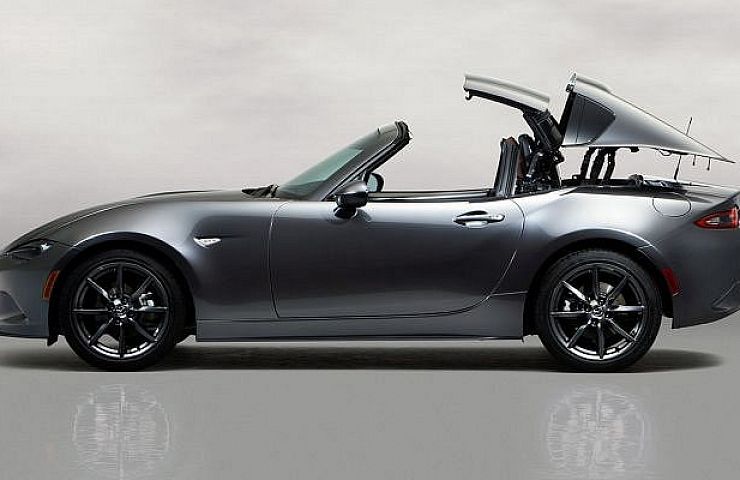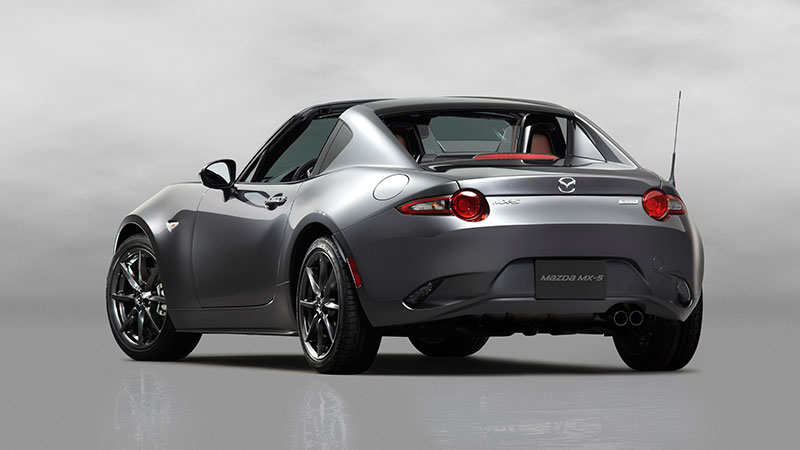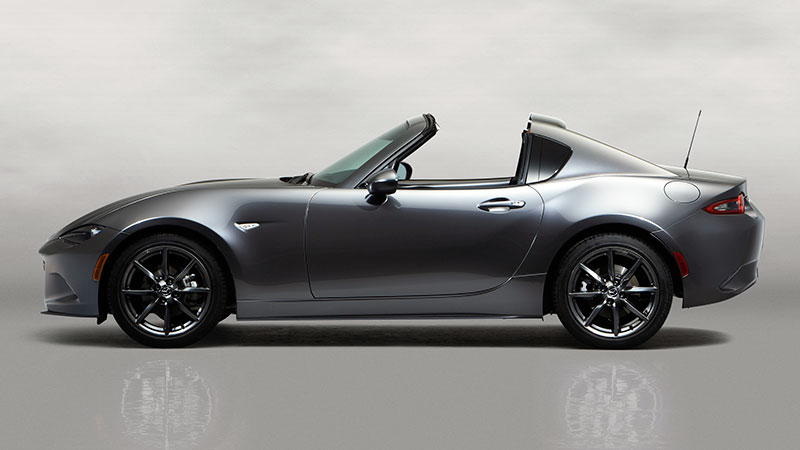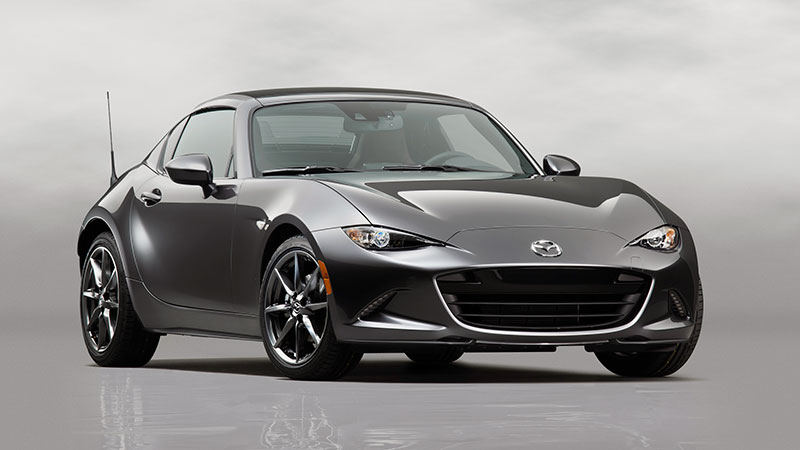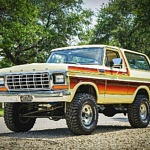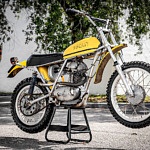Mazda is not your typical carmaker. Toyota and Honda sell millions of Camrys and Civics, while Mazda serves as a niche Japanese automaker with an attitude. “Other companies have become quite successful by not caring if their cars are boring or not,” said Masahiro Moro, president and chief executive of Mazda North American Operations, when he took the stage earlier this month at the New York Auto Show. Mazda’s approach yields cars like the gorgeous targa-top MX-5 RF unveiled in New York.
The original concept for the Miata was straightforward: a lightweight, rear-wheel-drive platform that focuses on the joy of driving above all else. At the same time, it maintains bulletproof reliability and a low cost of ownership—something the cars that inspired the MX-5 never achieved. While the market in the late 1980s wasn’t exactly chomping at the bit for a car like the MX-5, the Miata went on to become the best-selling two-seat convertible sports car in history.
True to form, when the all-new fourth generation MX-5 debuted last summer, it was offered only as a convertible with a manually operated cloth roof. That top design is a fantastic piece of engineering, requiring about four seconds to open or close the top. The entire operation can be done with one hand. But even with the cloth top’s robust construction, it left something to be desired as a year-round car.
Many had expected Mazda to bring a new MX-5 coupe to the New York show, but the assumption was that it would be a retractable hardtop similar past MX-5s. The RF (Retractable Fastback) is something different though, with a streamlined silhouette and an electronically-operated targa roof that tucks elegantly into the rear clamshell. The result is arguably the most visually compelling Miata ever to roll out of a Mazda factory.
Mazda says that trunk space is unaltered when compared to the convertible MX-5, and the targa top can be operated at up to 6.2 miles per hour. In the US., the RF will be outfitted with the same 2.0-liter four cylinder Skyactiv power plant as the roadster, which can be optioned with either a six-speed automatic or six-speed manual gearbox.
Two things remain a mystery. The first is how much mass the RF treatment will add to this sports car—which touted a curb weight similar to the original Miata when the convertible was unveiled in 2015. The other remaining question is how much of a price premium the targa version might command versus the standard soft-top MX-5. We’ll know in the summer, when the company plans to start taking pre-orders, a few months ahead of the first models hitting dealerships.

